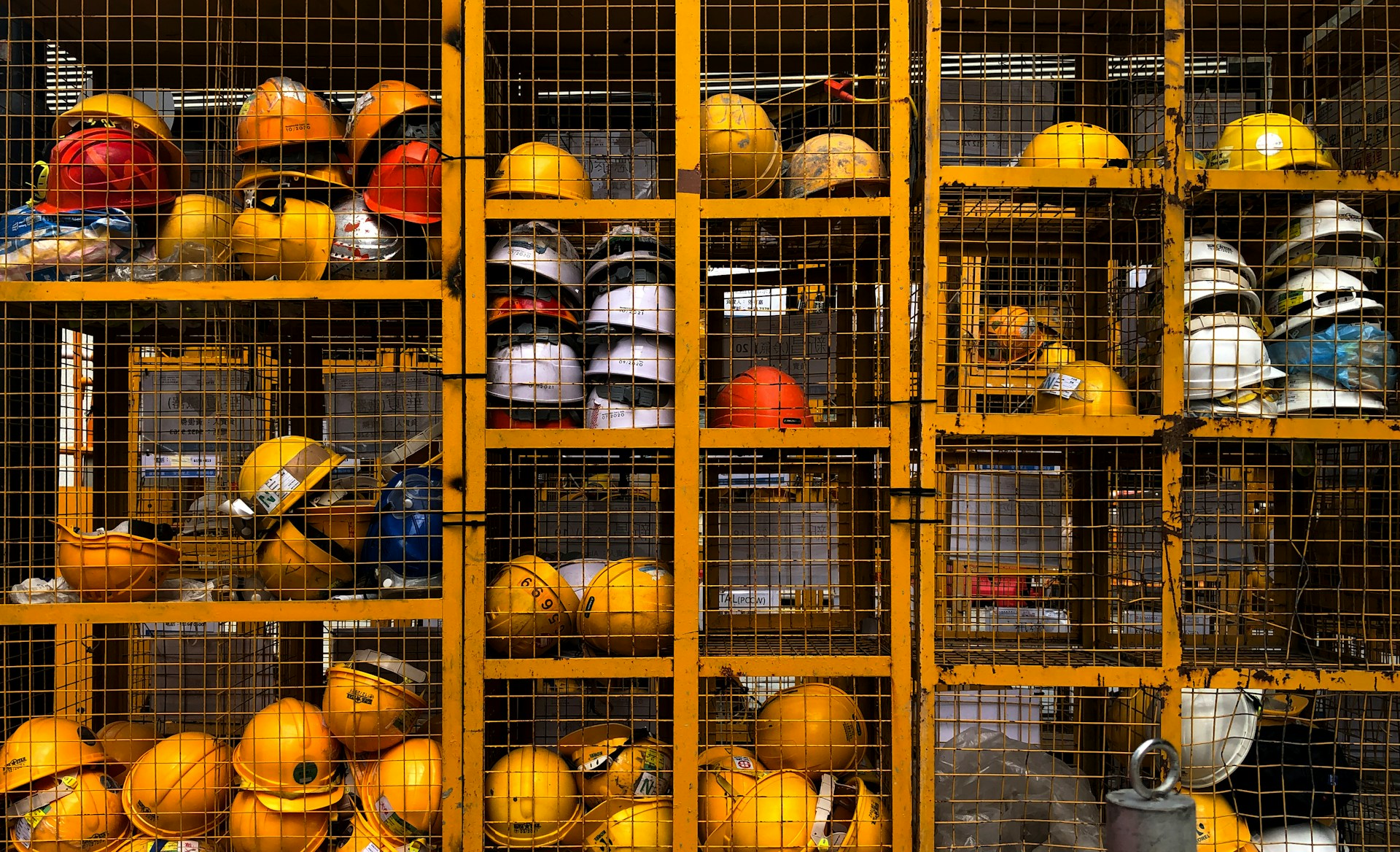In Ireland, self-builders—individuals who take on the responsibility of building or renovating their own homes—must adhere to a range of health and safety obligations. These are designed to ensure the safety of everyone involved in the project, including the self-builder, family members, contractors, and visitors.
It is important that people undertaking a derelict or vacant homes renovation realise that due to the 13 month time constraint on the projects you are not going to be considered a DIY project. These projects are always going to be a notifiable building site as your project is going to last longer than 30 days or 500 person days, then you must fill in an Approved Form (AF 1)
Here’s a breakdown of the key health and safety obligations for Irish self-builders:
1. Duty of Care
As a self-builder, you assume the role of a “client” under health and safety legislation. This means you have a duty of care to ensure that construction work is carried out safely and that health and safety regulations are followed.
2. Health and Safety Legislation
The primary legislation governing construction safety in Ireland includes:
- Safety, Health, and Welfare at Work Act 2005: This act outlines the general duties of employers, employees, and others involved in work activities, including construction.
- Safety, Health, and Welfare at Work (Construction) Regulations 2013: These regulations specifically address the safety requirements for construction work, including the responsibilities of clients, designers, and contractors.
3. Appointing a Project Supervisor
Under the Construction Regulations, self-builders are required to appoint two key roles:
- Project Supervisor for the Design Process (PSDP): Responsible for coordinating health and safety during the design phase of the project. The PSDP ensures that designers consider safety aspects and that the design does not pose undue risks.
- Project Supervisor for the Construction Stage (PSCS): Responsible for managing health and safety during the construction phase. The PSCS coordinates the activities of all contractors to ensure they work safely and comply with regulations.
These roles can be filled by a competent person, such as an architect, engineer, or experienced contractor.
4. Risk Assessments and Safety Statements
- Risk Assessment: The self-builder, in coordination with the PSDP and PSCS, must ensure that all potential hazards are identified and assessed. This includes risks associated with working at heights, handling hazardous materials, and operating machinery.
- Safety Statement: A safety statement outlines the measures that will be taken to control these risks. It must be prepared and made available to all parties involved in the project.
5. Construction Safety Plan
A Construction Safety Plan must be developed before work begins. This plan should include:
- Details of the project.
- The safety procedures to be followed.
- The roles and responsibilities of those involved in the project.
- Emergency procedures.
- Specific measures for high-risk activities, such as demolition or excavation.
6. Training and Competence
- Ensure that all workers, including yourself if you’re participating in construction activities, are properly trained and competent to perform their tasks safely. This includes training in the use of tools, equipment, and personal protective equipment (PPE).
- Regular safety briefings and toolbox talks should be conducted to keep everyone informed about safety issues.
7. Provision of Personal Protective Equipment (PPE)
Self-builders must provide appropriate PPE for anyone working on the site. This can include hard hats, high-visibility vests, gloves, goggles, and safety boots.
8. Safe Access and Egress
Ensure that safe access and egress routes are maintained on the site. This includes keeping the site tidy, managing traffic on-site, and ensuring that scaffolding and ladders are correctly used and maintained.
9. Accident Reporting and Emergency Procedures
- All accidents, no matter how minor, should be recorded and reported as required by the Health and Safety Authority (HSA).
- Establish emergency procedures for dealing with accidents or incidents on-site. This includes having first aid kits available and knowing the location of the nearest hospital.
10. Compliance with Specific Regulations
There are additional regulations and guidelines to consider, such as those related to asbestos, electrical safety, and working with hazardous materials. Self-builders must ensure that all activities comply with these specific regulations.
11. Insurance
It is essential to have adequate insurance coverage, including public liability insurance and employer’s liability insurance if you have workers on-site. This protects you from potential claims arising from accidents or injuries.
12. Consult the HSA
The Health and Safety Authority (HSA) provides resources, guidance documents, and support to self-builders. Engaging with the HSA early in your project can help ensure that you meet all health and safety obligations.
Summary
Being a self-builder in Ireland comes with significant health and safety responsibilities. These include appointing project supervisors, conducting risk assessments, ensuring worker competence, providing PPE, and following all relevant regulations. Proper planning, continuous monitoring, and strict adherence to safety protocols are essential to ensure a safe and successful building project.
Stay Safe on site.
Summit Matters
Featured Photo by Pop & Zebra on Unsplash

